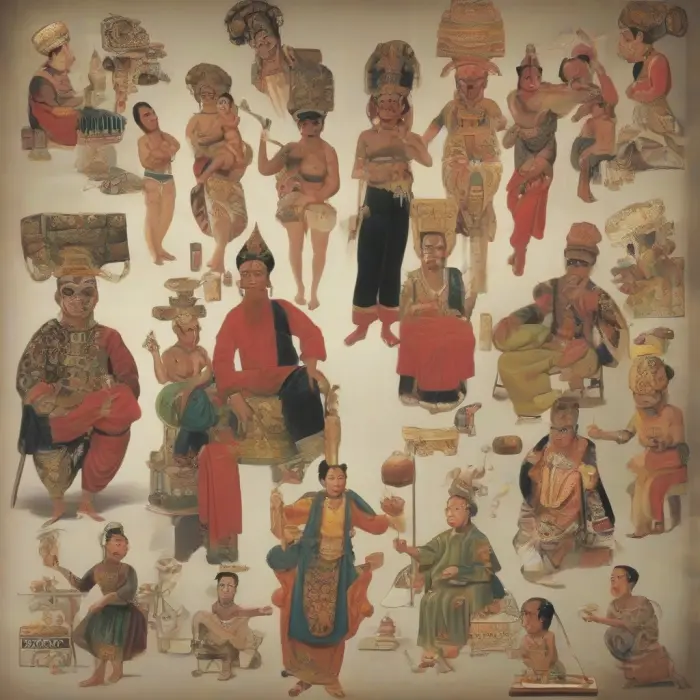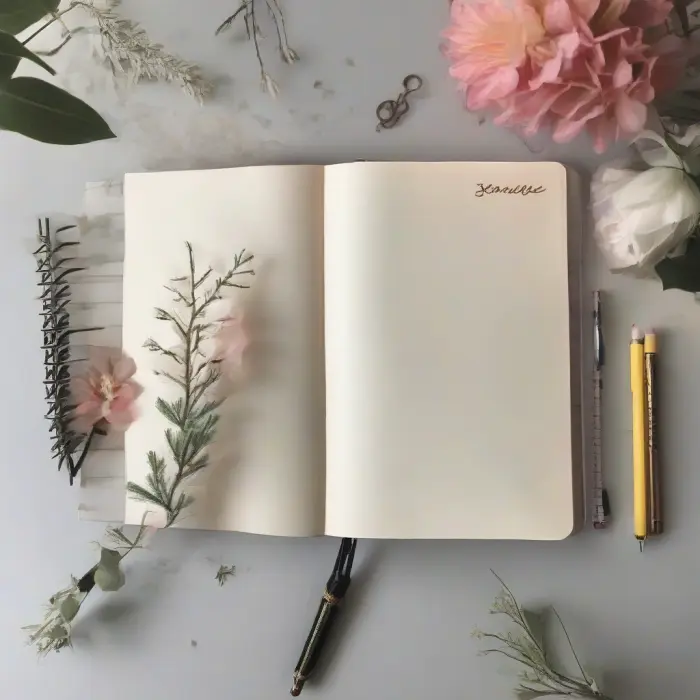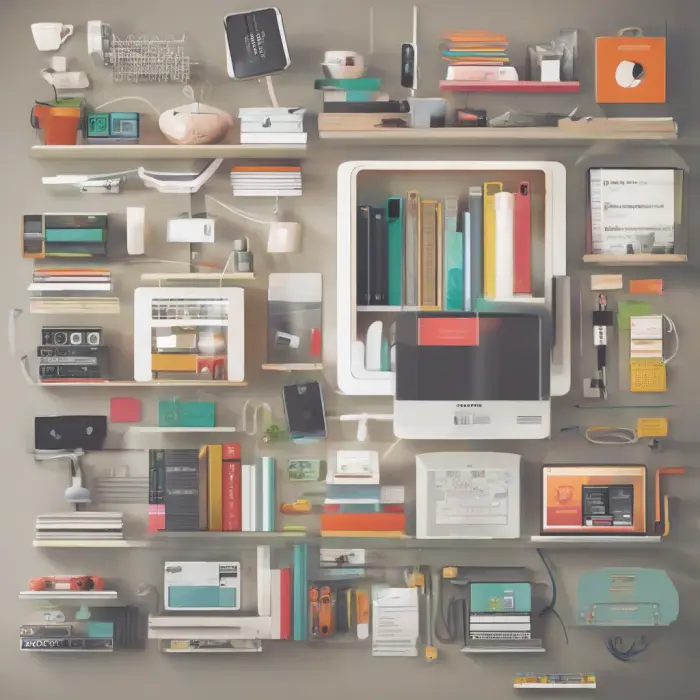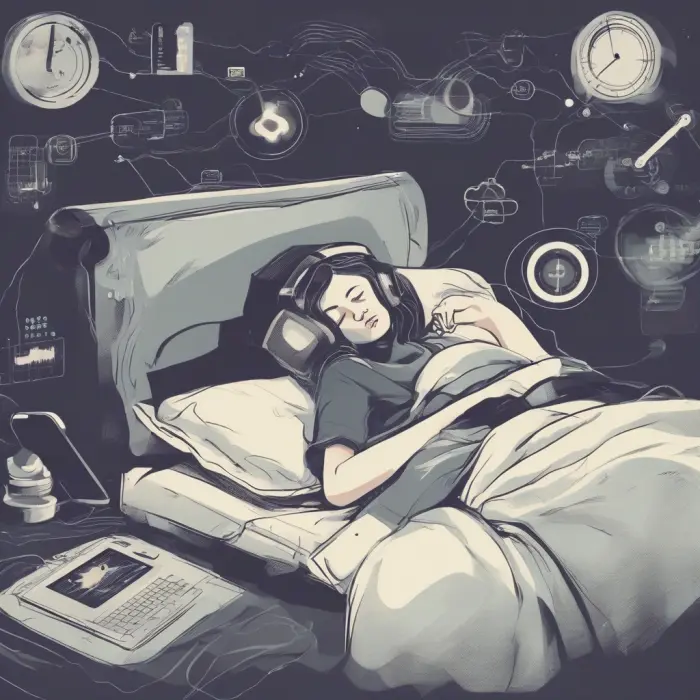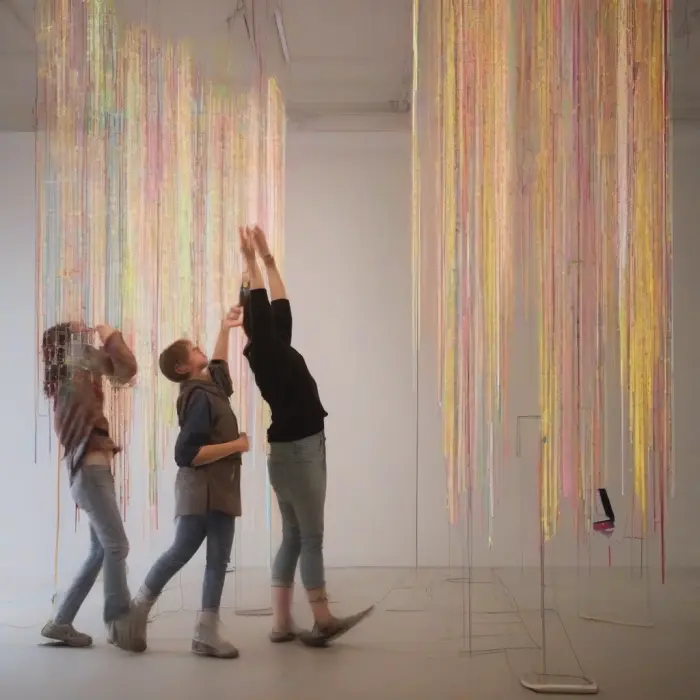The DIY Guide to Making Your Own Board Games
Board games serve as a bridge between generations, providing countless hours of fun and interaction for families and friends. They are more than mere recreational toys, they advocate strategic thinking, foster healthy competition and improve cognitive abilities. Akin to many things in life, the feeling of creating your own board game, imbued with your choices and creativity, is extraordinary.
This DIY Guide aims to steer you through the process of crafting your very own board game. From conception to execution, these instructions will help you, whether you’re a hobbyist, an aspiring game designer, or just someone looking to inject some personalized fun into game nights.
1. Idea Generation
The first step is the idea generation. This requires introspection and creativity. You need to brainstorm on what kind of game you need to develop. For instance, will it be a strategy game or a game that focuses on raw luck? Similarly, you need to decide the theme of the game. Would it be a battle royal among galaxies, or a game exploring the deep sea?
2. Sketching the Rules
After deciding the theme, the next critical step is to draft the rules. You need to spend a significant amount of time honing this aspect. The rules should be simple to understand yet captivating enough to engage your players. Remember, the main aim is to provide entertainment, so keep that criterion as your touchstone.
3. Designing the Board and Game Pieces
Now that your game has a clear direction, it’s time to physically construct it. Start by designing the board. You can use cardboard for this purpose. Ensure it’s not too big or cramped - it should have ample space for player pieces and cards, if any. Afterward, create your tokens or player pieces. These can be crafted from clay, or you can print out images and glue them to card stock.
4. Prototyping
The next stage involves creating a prototype. This lets you test out your game mechanics and make the necessary adjustments. At this stage, changes are easier to make, so don’t hesitate to revise any rules or design elements as needed. Test play your game with different people to obtain various feedback. Remember, every constructive criticism brings you one step closer to perfecting your game.
5. Final Production
After all the modifications, you’re now ready for the final production. As meticulously and creatively design your final board game, pay attention to the artwork and ensure the high quality of your materials for long-lasting gameplays. Whether you choose to keep this game private or share it with the world, what matters is that you took an idea and transformed it into a tangible, interactive, and enjoyable experience.
Remember, creating a board game is not just about the destination, but the journey. It’s about the learning process, taking an idea from inception to completion, and most importantly, having fun along the way! Happy crafting!






